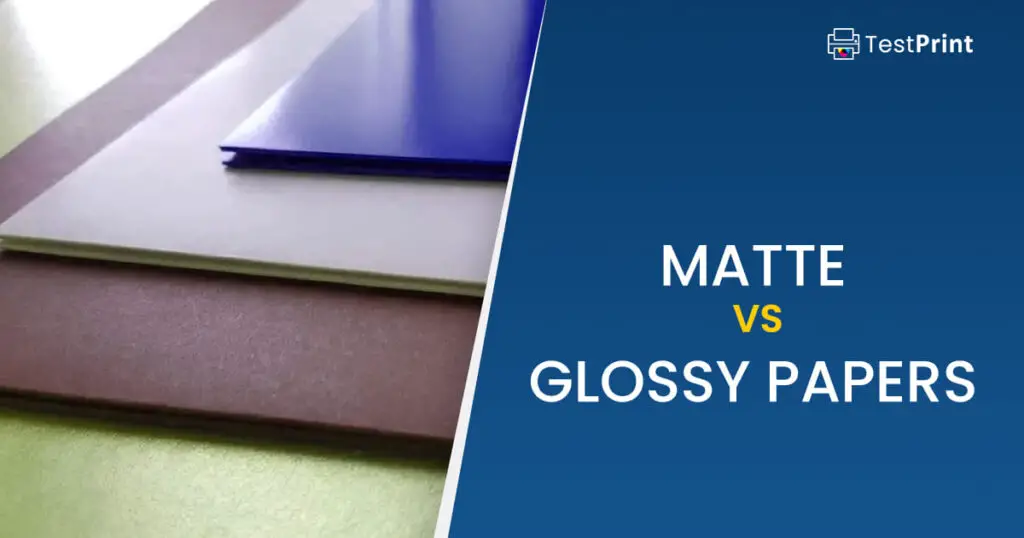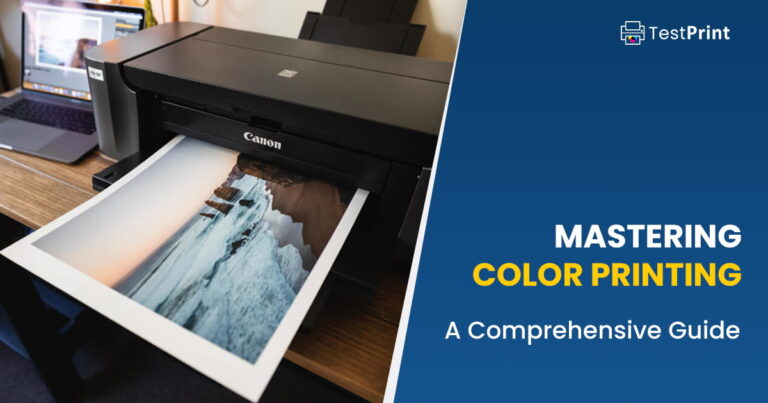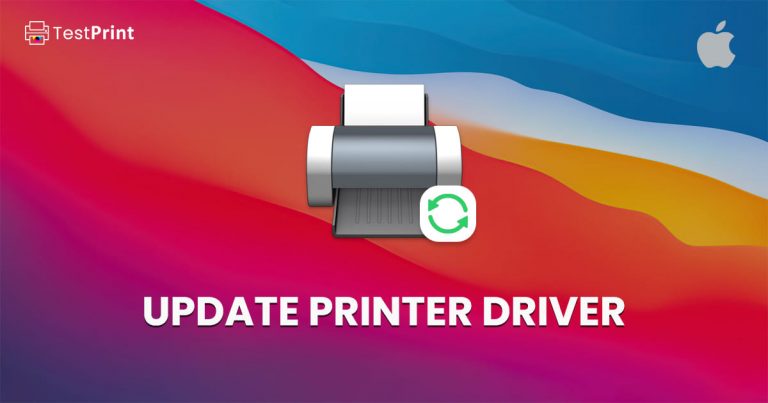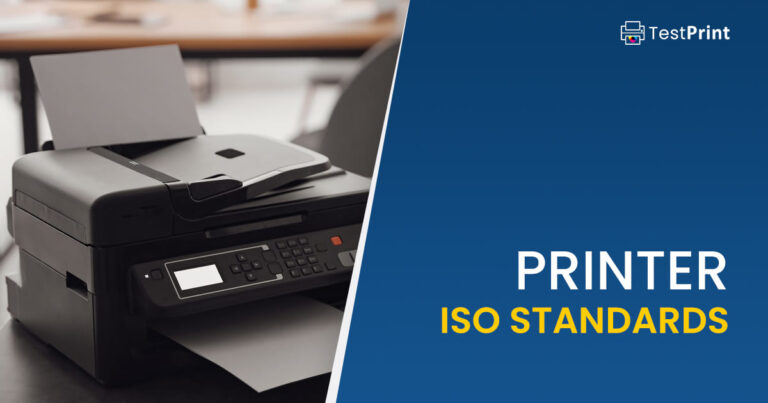Selecting the type of paper plays a vital role in the printing process. The two most common types of paper finishes for different types of printing projects are matte and glossy papers.
Sometimes it’s best to use a combination of both matte and glossy papers for your printing projects. Since both have their pros and cons, it’s important to know them, so you can easily decide which one to choose for your printing project.
In this article, we discuss matte vs glossy finishes and which one is the right choice for your project.
Table of Contents
Matte Paper
Matte paper has a semi-gloss finish, which provides high-quality prints, but lacks the intense reflectiveness of glossy paper. Matte paper is versatile and compatible with both inkjet and laser printers, and it will dry quickly and resist fingerprints.
However, it is prone to creasing and bending. Matte paper should be used for the pages that need to be written on, as it is easier to write on and the ink will dry quickly. There are fewer chances of the printer ink spilling onto your hands or clothes.
Glossy Paper
Glossy paper has a shiny look that reflects light, and the colors in your images will appear more vibrant and rich. This is because more coating is applied to glossy paper than matte paper. Glossy paper, on the other hand, will provide an ultra-smooth finish and make your planner look sleek and modern, but it can create glare and can be difficult to write on. The glossy paper is great for the covers and image-heavy sections, as it will make them more visually striking.
Photographs may be printed on both matte and glossy paper. The matte finish will provide a duller, more subtle look and is usually better suited for detailed, crisp printing with intense colors. The glossy paper, on the other hand, will provide a much brighter look and a more vibrant appearance, but it may be too intense for some photographs.
When it comes to resumes, glossy paper may be too intense for the subtlety that a resume should have. Fine paper, which often has more visible fibers than copy paper, is usually used for resumes and other important documents. Though not as intense as a full gloss finish, semi-glossy resumes can still make the colors of the resume pop, but with the benefit of less light reflection.
How does the paper become Glossy or Matte?
The manufacturing process of paper is complex, but the basics are that the surface of the paper can be treated to give it either a glossy or matte finish. Glossy paper has a shiny surface and catches light easily, while matte paper gives off more of a dull effect.
Depending on the desired outcome, different processes can be used to produce these finishes. For example, premium matte paper is created using a coating technique that produces an even and consistent finish across the entire sheet.
This is done by applying multiple layers of a coating material to the paper’s surface, which helps reduce glare and reflection. On the other hand, glossy paper typically involves an additional step beyond basic printing, where wax or another type of gloss is applied to give it its signature shine.
By understanding these various techniques, it’s possible for manufacturers to create both glossy and matte papers for any application.
Which printed products are better suited for Matte Paper?
Print products with intricate details and subtle tones are better suited for matte paper. This type of paper provides a smooth, non-reflective finish, which produces high quality prints that look sophisticated, professional and timeless. Matte paper allows the vibrancy of colors to shine through, making it ideal for printing photographs and images with bright colors. Furthermore, matte paper is great for documents or presentations that will be handled often, since it can resist fingerprints and smudges better than glossy paper. All in all, if you’re going for a sleek, modern look with your printed products, matte paper is the way to go.
- Business cards
- Brochures
- Postcards
- Flyers
- Posters
- Magazines
- Catalogs
- Books
- Greeting cards
- Invitations
- Postcards
- Signs
- Labels
- Wall art
- Stickers
- Notebooks
- Journals
- Scrapbooks
- Notepads
- Certificates
- Envelopes
- Photo albums
- Wedding albums
- Presentation folders
- Photo frames
- Gift boxes
- Stamps
- Post cards
- Greeting cards
- Invitations
- Posters
- Table cards
- Wallpapers
- Wall hangings
- Window clings
- Bookmarks
- Coasters
- Printable fabric
- Posters
- Banners
- Wall Signs
- Vehicle wraps
- Canvas prints
- Window graphics
- Window decals
- Backlit signs
- Translucent signs
- Indoor signs
- Outdoor signs
- Floor graphics
Which printed products are better suited for Glossy paper?
Glossy paper is a great choice for printed products that require a high-shine finish. Products such as brochures, business cards, postcards and posters are all well-suited to glossy paper because it shows off the vibrant colors and sharp details of the design. Photos and artwork can also benefit from being printed on glossy paper, as the brightness of the shine helps create a sharp image with vivid colors. Glossy paper also holds up better for wear and tear than matte or uncoated paper, making it a good choice for products that will be handled frequently or exposed to potential damage. Finally, glossy paper can be used in combination with other finishes like spot UV varnish or embossing to create unique textured effects that add depth and sophistication to any product.
- Business cards
- Brochures
- Postcards
- Flyers
- Posters
- Magazines
- Catalogs
- Books
- Greeting cards
- Invitations
- Postcards
- Signs
- Labels
- Wall art
- Stickers
- Notebooks
- Journals
- Scrapbooks
- Notepads
- Certificates
- Envelopes
- Photo albums
- Wedding albums
- Presentation folders
- Photo frames
- Gift boxes
- Stamps
- Post cards
- Greeting cards
- Invitations
- Posters
- Table cards
- Wallpapers
- Wall hangings
- Window clings
- Bookmarks
- Coasters
- Printable fabric
- Posters
- Banners
- Wall Signs
- Vehicle wraps
- Canvas prints
- Window graphics
- Window decals
- Backlit signs
- Translucent signs
- Indoor signs
- Outdoor signs
- Floor graphics
Some items are repeated in both matte and glossy products list. It is up to you to decide which paper to use for your specific needs. You can always print a test page with both types of papers to see if which one is the right choice for your project.
A few things to consider when selecting the printing paper
When selecting printing paper, it is important to consider a few key factors. The most important factor is the personal preference of the individual or company. Depending on the project, glossy paper may be preferred over matte paper for certain projects due to its reflective nature.
If a project requires color accuracy and vibrancy, then glossy paper would be the better option, as it produces brighter colors than matte paper. However, if you are looking for a more muted tone or subtle impact, matte paper may be more suitable.
Furthermore, different weights of glossy and matte printing papers are available to get the desired visual effect for your project. To ensure that you select the right type of paper for your project, always research and experiment with different types of printing papers until you find one that best suits your needs and preferences.
Which printing method can be used on glossy or matte papers?
Printing methods used on glossy or matte papers can vary depending on the project. For example, if you are looking for a high-gloss finish and vibrant colors, digital printing is the ideal choice for glossy paper. On the other hand, matte paper is best suited for projects that require subtlety and simplicity.
However, both types of paper can be printed using offset lithography. This method uses a process where ink is pressed onto an image carrier before being transferred to the desired surface.
Offset lithography works well with both glossy and matte papers, and provides excellent clarity in graphics and text. Additionally, this printing method allows for a wide range of color options with sharp details, so it can be used to create professional quality documents with great results on either gloss or matte paper.




